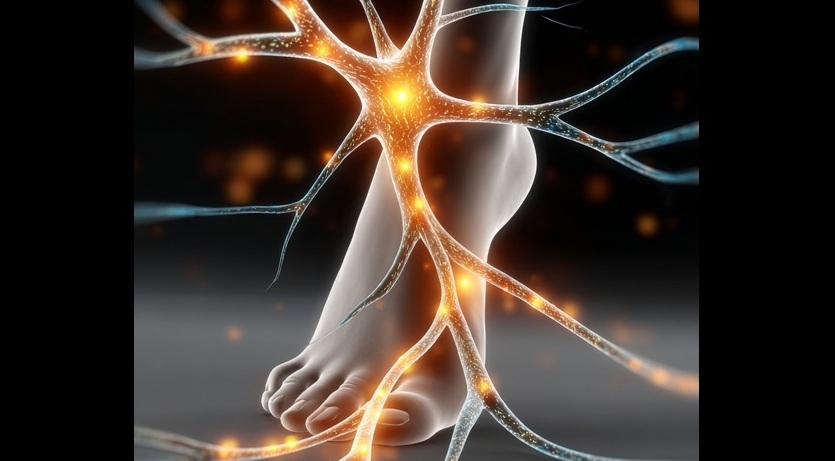Portable Biosensor Diagnoses Psychiatric Disorders Using Saliva Samples
Posted on 10 Nov 2025
Early diagnosis of psychiatric disorders such as depression, schizophrenia, and bipolar disorder remains one of medicine’s most pressing challenges. Current diagnostic methods rely heavily on clinical evaluations and symptoms that appear long after underlying biological changes occur. Now, researchers have developed a low-cost, portable biosensor capable of detecting a protein whose altered levels are associated with several mental health disorders—paving the way for faster and more accessible screening.
The new biosensor, developed by researchers from the University of São Paulo (São Carlos, Brazil; www5.usp.br) in collaboration with Embrapa Instrumentação (São Carlos, Brazil), consists of a flexible strip with electrodes that can analyze saliva samples when connected to a portable reader. In less than three minutes, it measures the concentration of brain-derived neurotrophic factor (BDNF)—a protein critical for neuron growth, maintenance, and cognitive functions such as learning and memory.

Clinically, BDNF is a biomarker of psychiatric and neurological health. Low BDNF levels have been linked to depression, cognitive decline, and other mental health disorders, while effective antidepressant treatment tends to restore them. Healthy individuals typically have BDNF concentrations above 20 nanograms per milliliter (ng/mL), whereas those with major depressive disorder often fall below 10–12 ng/mL.
The new biosensor, described in ACS Polymers Au, can detect extremely low protein concentrations—from 10⁻²⁰ to 10⁻¹⁰ grams per milliliter—with an estimated cost of just USD 2.19 per unit. The team engineered a screen-printed flexible strip composed of three electrodes: one functionalized working electrode modified with carbon nanospheres, one pure carbon auxiliary electrode, and one silver reference electrode.
Additional chemical layers—polyethyleneimine, glutaraldehyde, and ethanolamine—were used to increase sensitivity, stabilize the antibody binding, and prevent non-specific reactions. BDNF detection is based on the formation of antibody-antigen immunocomplexes, which change the electrical resistance on the sensor’s surface. This is measured using electrochemical impedance spectroscopy, a highly sensitive technique for monitoring molecular interactions.
The results are wirelessly transmitted via Bluetooth to a mobile device, allowing clinicians or users to visualize the data in real time. Unlike conventional tests such as ELISA, fluorescence assays, or high-performance liquid chromatography, which require specialized laboratories and long processing times, the biosensor offers speed, simplicity, and portability—ideal for point-of-care and field use.
"There are few sensors that perform this type of analysis, and ours was the one that performed best. It detected a wide range of concentrations, which is a very good result from a clinical point of view. When protein levels are very low, it can serve as a warning sign for diseases and psychiatric disorders," said Paulo Augusto Raymundo Pereira, corresponding author of the article. “On the other hand, by being able to signal an increase in BDNF, it contributes as a tool to monitor the patient's progress according to the treatment.”
Related Links:
University of São Paulo
Embrapa Instrumentação















